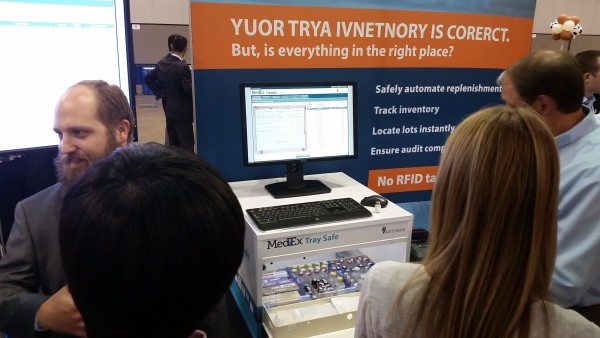Regardless of what everyone thinks, the healthcare industry is in the infancy of “big dataâ€. The concept isn’t new, but we still have a long way to go, especially in pharmacy. I recall sitting at conferences years ago listening to sessions describing data collection and manipulation. The problem has been that data, especially that found in pharmacies is scattered across disparate systems without an effective method for connecting the dots. The adoption of electronic health records (EHRs) has made things better, but much of the data collected in an average acute care pharmacy is outside the EHR’s reach.  And to say that most pharmacies have their collective heads buried in the sand, would be putting it kindly.
Those on the outside often find it difficult to understand the sheer volume of data that’s produced in a pharmacy. Unfortunately, the data sources are mostly stored in disparate systems creating silos, which makes each system blind to the others. Is is possible to connect the systems and exchange data? Sure, but few if any are doing it.
Data sources in pharmacies come from places like clinical interventions, inventory management, cost containment strategies, regulatory compliance, internal communications, and so on.
(more…)

